Keith A Webster
age ~56
from Miami, FL
- Also known as:
-
- Keith Allen Webster
- Kekeitha Webster
- Kieth Webster
- Allen K Webster
Keith Webster Phones & Addresses
- Miami, FL
- Princeton, FL
- Hill Air Force Base, UT
- Philadelphia, PA
Work
-
Company:RE/MAX CONSULTANTS REALTY I
-
Address:Fort Lauderdale, FL
-
Phones:9547674667
Images
Us Patents
-
Molecular Switch For Regulating Mammalian Gene Expression
view source -
US Patent:6893867, May 17, 2005
-
Filed:Nov 28, 2000
-
Appl. No.:09/723326
-
Inventors:Keith A. Webster - Key Biscayne FL, US
-
International Classification:C12N015/63
-
US Classification:4353201
-
Abstract:Expression vectors are disclosed that are comprised of (a) one or more silencer elements and conditionally inducible elements to form silencer-inducible regions and (b) promoters in operative linkage upstream of at least one expressed region. The expression vector thereby regulates expression of at least one downstream region by conditional silencing in which an expressed DNA region of a gene is transcribed to produce RNA transcripts, which may or may not be translated to produce polypeptides. Genetically engineered mammalian cells and non-human mammals can be made using such expression vectors through transfection and transgenesis techniques. Moreover, processes of making and using the aforementioned products are disclosed (e. g. , the expression vector may be used diagnostically, therapeutically, or prophylactically).
-
Preventing Ischemia-Induced Cell Damage
view source -
US Patent:20040152650, Aug 5, 2004
-
Filed:Jul 22, 2003
-
Appl. No.:10/624880
-
Inventors:Keith Webster - Key Biscayne FL, US
-
International Classification:A61K048/00
C12N005/02 -
US Classification:514/044000, 435/375000
-
Abstract:Hypoxia-acidosis-associated cell death is mediated by BNIP3, a member of the Bcl-2 family of apoptosis-regulating proteins. Chronic hypoxia induced the expression and accumulation of BNIP3 mRNA and protein in cardiac myocytes but acidosis was required to activate the death pathway. Acidosis stabilized BNIP3 protein and increased the association with mitochondria. Cell death by hypoxia-acidosis was blocked by pretreatment with antisense BNIP3 oligonucleotides. The pathway included extensive DNA fragmentation and opening of the mitochondrial permeability transition pore but no apparent caspase activation. Overexpression of wild type BNIP3, but not a translocation-defective mutant activated cardiac myocyte death when the myocytes were acidotic or hypoxic.
-
Molecular Switch For Regulating Mammalian Gene Expression
view source -
US Patent:20050266549, Dec 1, 2005
-
Filed:Apr 29, 2005
-
Appl. No.:11/118963
-
Inventors:Keith Webster - Key Biscayne FL, US
-
International Classification:C12P021/06
C12N015/09 -
US Classification:435320100, 435455000
-
Abstract:Expression vectors are disclosed that are comprised of (a) one or more silencer elements and conditionally inducible elements to form silencer-inducible regions and (b) promoters in operative linkage upstream of at least one expressed region. The expression vector thereby regulates expression of at least one downstream region by conditional silencing in which an expressed DNA region of a gene is transcribed to produce RNA transcripts, which may or may not be translated to produce polypeptides. Genetically engineered mammalian cells and non-human mammals can be made using such expression vectors through transfection and transgenic techniques. Moreover, processes of making and using the aforementioned products are disclosed (e.g., the expression vector may be used diagnostically, therapeutically, or prophylactically).
-
Hypoxia Regulated Conditionally Silenced Aav Expressing Angiogenic Inducers
view source -
US Patent:20130131152, May 23, 2013
-
Filed:Nov 1, 2010
-
Appl. No.:13/504438
-
Inventors:Keith A. Webster - Key Biscayne FL, US
-
Assignee:UNIVERSITY OF MIAMI - Miami FL
-
International Classification:A61K 31/7088
-
US Classification:514 44 R, 4353201
-
Abstract:Methods and compositions for the treatment of hypoxia associated disorders by directional angiogenesis/arteriogenesis. Conditionally silenced vectors expressing a therapeutic molecule under hypoxic conditions avoid chaotic vascularization and allow for the orderly growth of new vessels into damaged tissue.
-
Methods, Compositions, Cells, And Kits For Treating Ischemic Injury
view source -
US Patent:20130236433, Sep 12, 2013
-
Filed:Nov 10, 2011
-
Appl. No.:13/884057
-
Inventors:Keith A. Webster - Key Biscayne FL, US
-
International Classification:A61K 35/28
A61K 31/7088
A61K 35/12 -
US Classification:424 937
-
Abstract:The methods, compositions, cells and kits described herein are based on the discovery that stem cells, when injected into ischemic tissue of mammals, can be protected by preconditioning of the ischemic tissue with hypoxia-regulated human VEGF and human IGF-1. Methods, compositions, cells and kits for treating tissue injured by ischemia or at risk of ischemic injury in a subject are thus described herein.
-
Compositions, Cells, Kits And Methods For Autologous Stem Cell Therapy
view source -
US Patent:20130302293, Nov 14, 2013
-
Filed:Nov 11, 2011
-
Appl. No.:13/884054
-
Inventors:Keith A. Webster - Key Biscayne FL, US
-
International Classification:C12N 15/85
A61K 35/28
C12N 15/86 -
US Classification:424 9321, 435325, 435366
-
Abstract:Described herein are compositions, kits and methods for stimulating angiogenic functions of stem cells and/or progenitor cells having pro-angiogenic potential (e.g., endothelial progenitor cells (EPCs), mesenchymal stem cells (MSCs)) before transplantation (e.g., ex vivo cell therapy) based on the discovery that functional recovery of CD34+ cells from coronary artery disease (CAD) patients is improved by transfection of antagomirs against one or more miRs of a plurality of miRs identified to be over-expressed in cells from CAD patients. Described herein are methods to recover the functions of EPCs isolated from patients with cardiovascular disease (e.g., CAD or peripheral artery disease (PAD)) by bioengineering the cells with antagomirs and/or premirs to specific micro-RNAs. The bioengineered cells can then be used to treat patients with ischemic or ischemic-related disease (e.g., CAD or PAD) by autologous stem cell therapy.
-
Hypoxia Regulated Conditionally Silenced Aav Expressing Angiogenic Inducers
view source -
US Patent:20150322410, Nov 12, 2015
-
Filed:Jul 15, 2015
-
Appl. No.:14/800041
-
Inventors:- Miami FL, US
KEITH A. WEBSTER - Key Biscayne FL, US -
International Classification:C12N 7/00
C12N 15/86
C07K 14/515 -
Abstract:Methods and compositions for the treatment of hypoxia associated disorders by directional angiogenesis/arteriogenesis. Conditionally silenced vectors expressing a therapeutic molecule under hypoxic conditions avoid chaotic vascularization and allow for the orderly growth of new vessels into damaged tissue.
-
Methods, Compositions, Cells, And Kits For Treating Ischemic Injury
view source -
US Patent:20150139952, May 21, 2015
-
Filed:Aug 11, 2014
-
Appl. No.:14/456084
-
Inventors:- Miami FL, US
Keith A. Webster - Key Biscayne FL, US -
International Classification:A61K 38/30
A61K 38/18
A61K 48/00
A61K 35/28 -
US Classification:424 932, 424 937
-
Abstract:The methods, compositions, cells and kits described herein are based on the discovery that stem cells, when injected into ischemic tissue of mammals, can be protected by preconditioning of the ischemic tissue with hypoxia-regulated human VEGF and human IGF-1. Methods, compositions, cells and kits for treating tissue injured by ischemia or at risk of ischemic injury in a subject are thus described herein.
Resumes

Assistant Director Of Administration At Vi Government Department Of Public Works
view sourcePosition:
Assistant Director of Administration at VI GOVERNMENT Department of Public Works
Location:
Virgin Islands (U.S.)
Industry:
Government Administration
Work:
VI GOVERNMENT Department of Public Works
Assistant Director of Administration
Assistant Director of Administration

Agent At Remax
view sourcePosition:
agent at remax
Location:
Miami/Fort Lauderdale Area
Industry:
Real Estate
Work:
remax
agent
agent
Name / Title
Company / Classification
Phones & Addresses
President
Dodge's Farm & Garden, Inc.
Dodge's Agway. Rockingham Feed & Supply
Retail Stores
Dodge's Agway. Rockingham Feed & Supply
Retail Stores
116 Lafayette Rd, P.O. Box 117, Hampton Falls, NH 03844-2307
6039262253, 6039261784
6039262253, 6039261784
Manager
Integene International LLC
200 S Biscayne Blvd, Miami, FL 33131
Manager
Integene International Management LLC
1951 NW 7 Ave, Miami, FL 33136
555 NE 34 St, Miami, FL 33137
555 NE 34 St, Miami, FL 33137
LEROY THOMPSON MANUFACTURING, LLC
Re/Max Consultants Realty
Real Estate Agents
Real Estate Agents
1625 SE 17 St Cswy, Fort Lauderdale, FL 33316
1625 SE 17 St, Fort Lauderdale, FL 33316
9547674667, 9547614094
1625 SE 17 St, Fort Lauderdale, FL 33316
9547674667, 9547614094
TIER ONE, LLC
LEROY-THOMPSON MFG INC
President, Director
Integene Inc
740 Allendale Rd, Miami, FL 33149
License Records
Keith A Webster
Address:
26110 SW 130 Pl, Princeton, FL
License #:
87032 - Expired
Category:
Health Care
Expiration Date:
Dec 1, 2002
Type:
Emergency Medical Technician
Keith A Webster
Address:
3425 Jefferson St, Miami, FL
License #:
200596 - Active
Category:
Health Care
Issued Date:
Sep 8, 2000
Effective Date:
Dec 5, 2014
Expiration Date:
Dec 1, 2018
Type:
Paramedic
Vehicle Records
-
Keith Webster
view source -
Address:740 Allendale Rd, Key Biscayne, FL 33149
-
Phone:3053617805
-
VIN:1FAFP34N37W289093
-
Make:FORD
-
Model:FOCUS
-
Year:2007
Real Estate Brokers

Keith Webster, Fort Lauderdale FL Agent
view sourceWork:
RE/MAX CONSULTANTS REALTY I
Fort Lauderdale, FL
9547674667 (Phone)
Fort Lauderdale, FL
9547674667 (Phone)
Myspace
Googleplus
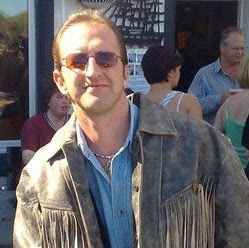
Keith Webster
About:
My name is Keith Webster and i live in Aberdeen Scotland.
Bragging Rights:
One of my videos on Youtube has had over a Million hits...:)
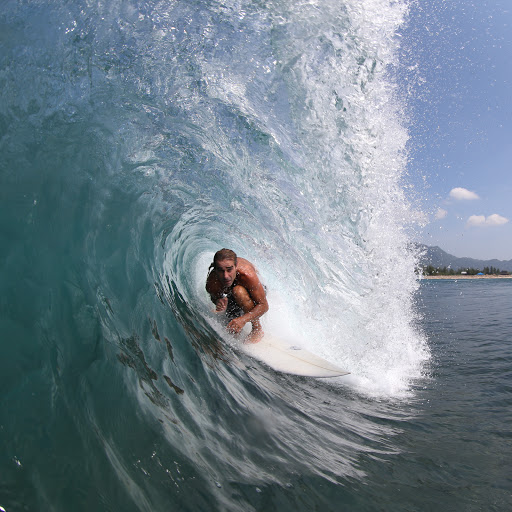
Keith Webster

Keith Webster

Keith Webster
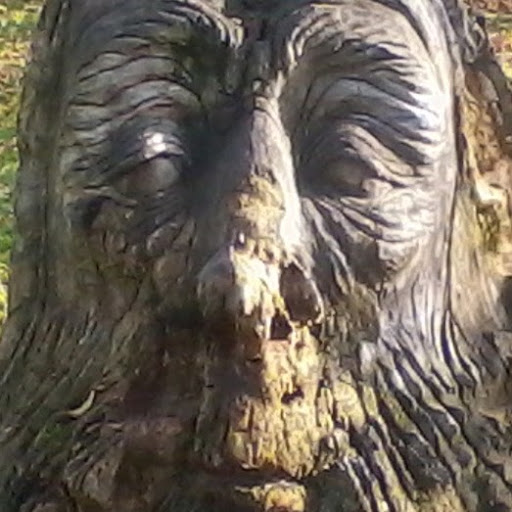
Keith Webster

Keith Webster

Keith Webster

Keith Webster
Plaxo

Keith Webster
view source4 King's Bench Walk, Temple, London, EC4Y 7DLhttp://www.4kbw.co.uk/members/keith-webster-2006.asp

Keith Webster
view sourceBasalt, ColoradoPartner at Madison Lynn Wines

Keith Webster
view sourceFlickr

Keith Webster
view source
Keith Apache Webster
view source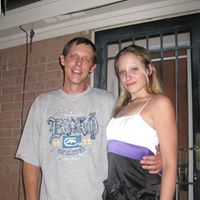
Keith Webster
view source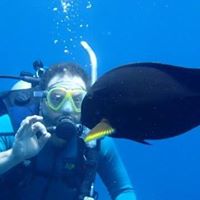
Keith Webster
view source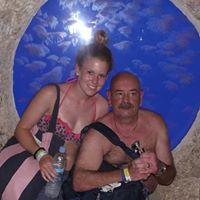
Keith Webster
view source
Ther Keith Webster
view source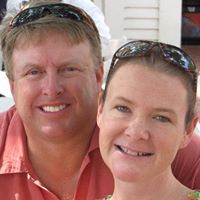
Keith D. Webster
view source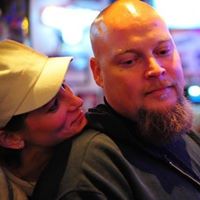
Keith Webster
view sourceNews

A Harvard Sweep? Don't Remind Me
view source- , so the team is remembered for its free-throw shooting. But we had terrific players, including Joe Carrabino, who became the programs career leading scorer; Bob Ferry, Danny Ferrys older brother; Arne Duncan, now the United States secretary of education; point guard Pat Smith; and a terrific shooter in Keith Webster, a freshman that year.
- Date: Mar 04, 2011
- Category: Sports
- Source: Google
Classmates

Keith Webster
view sourceSchools:
Bartlett High School Anchorage AK 1974-1978
Community:
Suzanne Fletcher, Renee Pagel, Barbara Acey

Keith Webster
view sourceSchools:
Parkview Elementary School Richmond IN 1970-1972, Williamsburg Elementary School Williamsburg IN 1972-1977
Community:
Dave Connelly, Patricia Pat

Keith Webster
view sourceSchools:
Cashton High School Cashton WI 1972-1976
Community:
Patricia Kaufmann, Katy Boyington, Diane Marx, Barbara Edmunds

Keith Webster
view sourceSchools:
Cashton High School Cashton WI 1972-1976
Community:
Patricia Kaufmann, Katy Boyington, Diane Marx, Barbara Edmunds

Keith Webster
view sourceSchools:
Southaven High School Southaven MS 1971-1975
Community:
Les Hooper

Keith Webster
view sourceSchools:
Talladega High School Talladega AL 1972-1976
Community:
Susan Vise, David Freeman

Keith Webster
view sourceSchools:
University High School Norman OK 1970-1971
Community:
Richard Resler, Fernando Renovales, Tim Sweeney, Keith Webster, Lauren Miller, Robin Osborn

Keith Webster
view sourceSchools:
Thornhill High School Thornhill Morocco 1970-1974
Community:
Don Kent, Sabine Watson, Margaret Peggy, Leslie Long
Youtube
Get Report for Keith A Webster from Miami, FL, age ~56
















